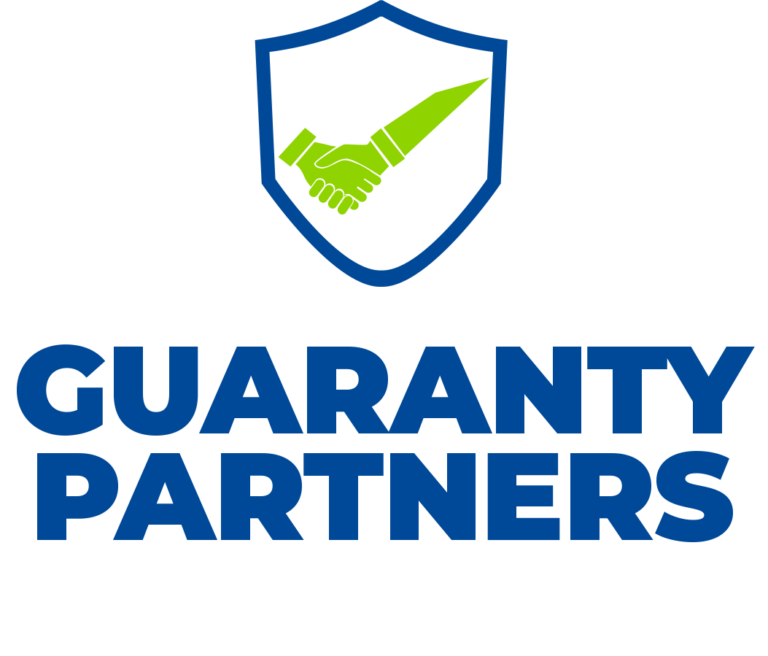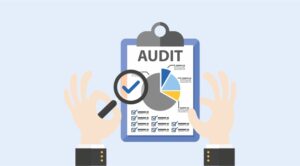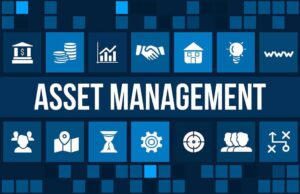Establishing Effective Internal Controls
Course Fee:
OBJECTIVES
• Ensure compliance with government laws, rules, and regulations
• Strengthen the overall financial health of your organization
• Avoid careless — and costly! — financial practices
• Take stock of existing controls and identify weak spots
• Put systems in place to ensure legal compliance
• Gain a solid understanding of SOX, AICPA, and COSO
• Discover the objectives, components, and requirements of effective internal controls
CONTENT
Internal Controls Essentials
• Proven procedures for developing strong internal controls
• Types of internal controls that are critical to your organization’s financial health and operations
• The components of an internal controls system, and the criteria for assuring the effectiveness of each component
• SOX, COSO, and AICPA — gain a working understanding of the recommendations and requirements of each
• Methods for establishing systems that continually assure legal compliance, both short and long term
• Case Study: When careless practices cost … and cost BIG! Learn from the mistakes, missteps, and oversights of otherwise strong organizations
• How to examine your existing internal controls and pinpoint trouble spots before they get out of hand
• Criteria to define just how strict, stringent, or structured your internal control procedures should be
Risk Assessment and Management
• Today’s definition and scope of risk in the business environment
• Effective ways of determining risks and assessing potential impact
• How to use “dimensions of risk” to anticipate business process needs
• Hypothetical risk? Or a likely “risk reality”? How to realistically assess risk exposure and its impact to your organization
• Methods for trouble-shooting risk “hot spots” in your organization
Sarbanes-Oxley: Understanding and Complying with the Requirements
• How Sarbanes-Oxley (SOX) has changed the legal ramifications of today’s internal control systems
• SOX, COSO, AICPA: how they work together, how they relate to each other, and how they affect your organization
• What internal controls are critical for SOX compliance?
• How to make sure your financial reporting and documentation is in line with SOX requirements
• Tips for ensuring compliance with SOX 302 and 404
• “Management Assessment of Internal Controls” — actions your accounting department needs to take to comply with this section of SOX
Operational Audits, Assessments, and Controls
• The purposes and desired outcomes of Operational Audits: why the OA is crucial to organizational effectiveness
• The core elements of Operational Audits
• Prevention and Detection: ways to improve your operations by building these essential elements into your processes
• When outside audit assessment is called for — how to locate a contractor and get the precise operational help you need
• Essentials of accounting audits — best practices to ensure effectiveness
• How to safeguard your organization against fraud, misconduct, sloppiness, and ethics breaches — the “Achilles Heel” issues of accounting controls
FOR WHOM
This program is designed for financial professionals, business leaders, managers, supervisors — anyone who is involved in the day-to-day financial workings of an organization, as well as those who must oversee legal, financial, and accounting operations.
METHODOLOGY
The training methodology integrates lectures, interactive discussions, collaborative group exercises, and illustrative examples. Participants will acquire a blend of theoretical insights and hands-on practical experience, emphasizing the application of learned techniques. This approach ensures that attendees return to their professional environments equipped with both the competence and self-assurance to effectively implement the acquired skills in their responsibilities.
DATE:
1ST BATCH: 28th – 30th Apr,2025
2ND BATCH: 11th – 14th Nov,2025
Course Category
- Human Resource and Admin
- Finance and Accounting
- Internal Audit and Fraud Control
- Stores, Procurement and Supply Chain
- Information Technology
- Aviation and Maritime
- Banking, Investment and Insurance
- Business Communication
- Construction Management & Civil Engineering
- Engineering, Instrumentation and Maintenance
- Entrepreneurship and Business
- Hotel & Hospitality Management
- Law and Contract Management
- Management and Leadership
- Project Management
- Public Relations
- Public Sector
- Sales, Marketing & Customer Service
- Secretaries & Personal Assistants
- Transport & Logistics
- Security and Safety
More Courses
VENUE
25, Queen street, Alagomeji Bus Stop, Yaba, Lagos










